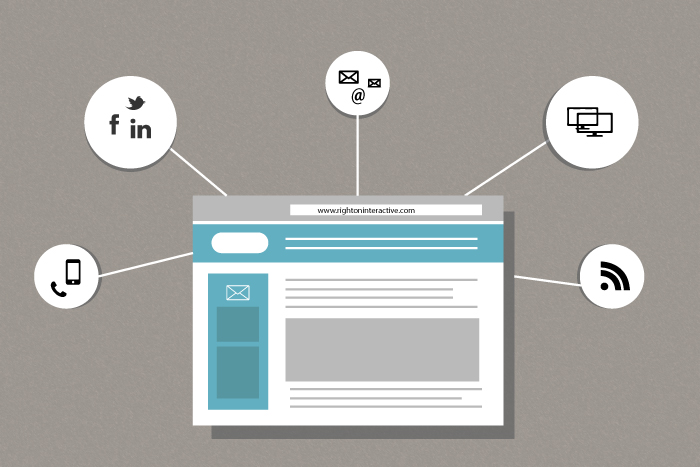In the beginning of Internet marketing, brands were considered “cutting edge” if they had a website. Then came email, which was followed by branded blogs, social, video, and mobile. Today brands’ owned media includes dozens of online channels, each with their own niche content delivery and audience.
But all of those channels have one thing in common: They are content driven. From its website and email to its social channels and mobile apps, a brand’s owned media would not and could not exist without content.
In 2015, a marketing strategy that includes the creation and management of content for every branded channel is essential. As consumers’ attention shifts from channel to channel and platform to platform, they not only want to see consistent and useful content in each place, but they also expect it. Brands need to be prepared to distribute content to each of these places so that they reach their entire audience.
In his 2014 marketing prediction, Topher Howden, director of strategy at Raidious, predicted there would be more emphasis on what content is being delivered and less emphasis on where it’s being delivered. And he was right.
“Any strategy that isn’t omnichannel is unlikely to be as successful as one that publishes great content wherever it needs to go,” says Howden.
While it is important to understand the differences in each of these channels, implementing a multichannel strategy doesn’t mean a brand must have the bandwidth to create separate content for each. It means a brand must have a team that can create high-quality, flexible, and scalable content so that even one piece of content can be tweaked to perform well across all channels and interfaces. The most successful pieces of content can be manipulated across time and channel to create additional “mileage” for content marketing teams.
Rather than isolating messages on a website, email, blog, social or mobile, a multichannel content strategy allows brands to send content to targeted audiences across all owned media channels so that is more accessible to potential customers and consumed by a larger audience. Allowing messages and content to breach multiple channels also allows content marketing teams to focus on the quality of their content, knowing they will be able to recycle and reuse great pieces of content through their different channels. Creating more engaged customers and prospects alike along with less work for your content team? Sounds like a win to me!

